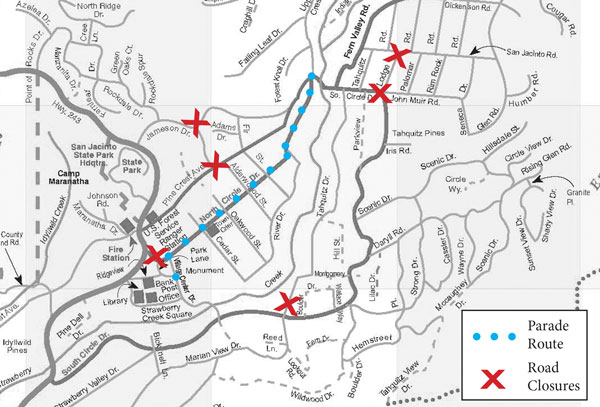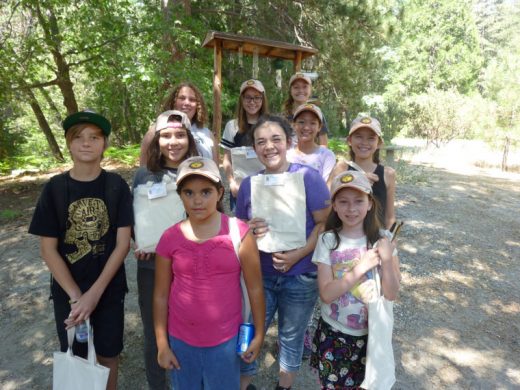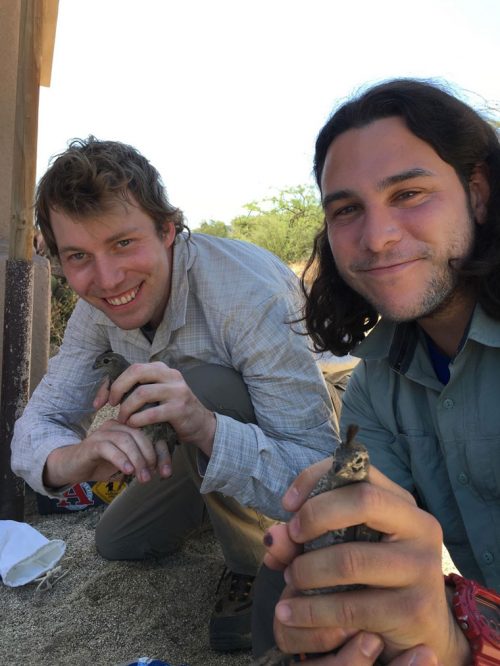Last week in “The Days of Our Nine Lives,” the senior ARF cats were trying to imagine why humans have difficulty seeing the benefits to an adult cat.
Leia: (to Lucy) When are we going to meet your mother Prudence?


Lucy: You’re not.
Sadie: Huh? Why not?
Peppermint Patty: Cuz she and Sally went together to a forever home.
Mr. Gray: Well there you have it. An adult gets adopted as long as she’s with a kitten.
Sally: Actually, Prudence was adopted first, but the humans kept thinking about little Sally and came back the next day to get her.

Leia: Then maybe there is hope for we adults!
Peppermint Patty: Of course there is. Anyone who spends a few minutes here will see how sweet Leia is, how funny Bobbie is and how

Sadie can cast a spell on anyone!
Sadie: Thanks, Patty, but I won’t go with just anyone. My human is going to need to be patient and willing to keep an open mind to my mysterious nature.
Peppermint Patty: For me, all I have to do is be myself — excruciatingly cute!

Mr. Gray: I just need that human who is no-nonsense, ya know? Let me be who I am and be patient until I’m ready to enter into a committed relationship.
Leia: Committed relationship?
Mr. Gray: Yeah, you know, one where I sit on the lap, weave in and out of legs, that kind of thing.
Leia: Go ahead and play hard to get. For me, I’m putting my cards on the table, letting ’em know that I’m ready for a committed relationship.
Sally: Maybe next weekend those humans will visit.
Mr. Gray: Quite possibly. It’s a holiday weekend, and I bet this ARF House will be busy!
Will the holiday weekend give these cats reason to celebrate? Be sure to keep up with the animal antics of “The Days of our Nine Lives” each week. And please stop in to say hello to the entire adoptable cast at the ARF House, 26890 Hwy. 243 on Saturdays 10-4 and Sundays 10-2, or by appt. M-F by calling 951-659-1122.
Creature Corner is sponsored in Memory of all of our Beloved Pets.













